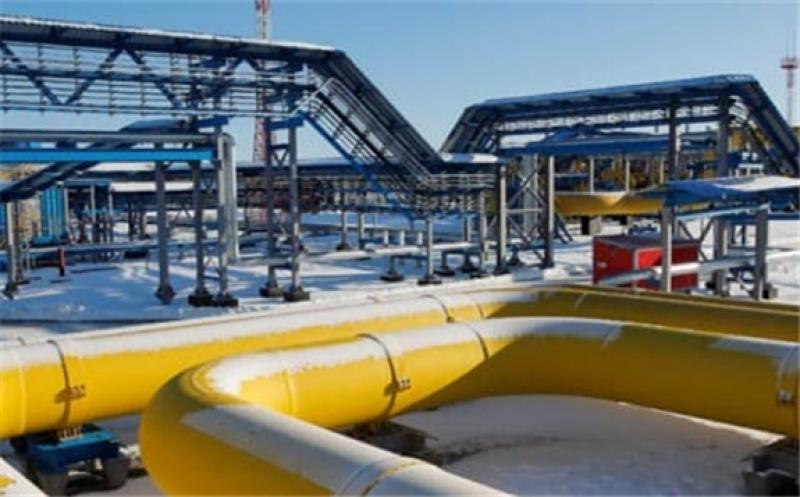China will reduce the amount of energy it uses to expand its economy by 3 percent this year as part of efforts to hit emission reduction targets set earlier, Reuters reports, citing a statement by Premier Li Keqiang.

China is the world's biggest single emitter, accounting for 28.8 percent of global carbon dioxide emissions in 2019. It is also one of the fastest-growing economies globally, consuming a lot of energy in the process—what's called energy intensity.
Last year, because of the pandemic, emissions fell, but only temporarily. To assure the rest of the world that it is no enemy to emission cuts, Beijing announced plans to achieve net-zero status by 2060.
China would increase its installed solar and wind capacity to more than 1,200 GW by 2030, boosting the share of non-fossil fuels in its energy mix to a quarter of the total, President Xi Jinping said last December. This is up from an earlier target of 20 percent for renewables in China's energy mix. For context, at the end of 2019, renewables accounted for 15.2 percent of the country's energy mix.
Separately, China launched an emissions trading scheme last month, a step toward creating a nationwide unified emissions trading system (ETS), similar to the European system for trading emissions that aimed to motivate more businesses to literally clean up their act.
As many as 2,225 power companies in China will have carbon dioxide (CO2) emission caps, and they can now trade their emission quotas via the system. Under the emissions trading scheme, firms that have exceeded their emission caps will be able to buy emission quotas from companies with lower emissions that haven't reached their caps yet as the country eyes peak emissions by 2030.
In energy intensity, plans are to reduce it by 13.5 percent between 2021 and 2025. During the same period, Beijing aims to reduce the carbon intensity of its economy by 18 percent.